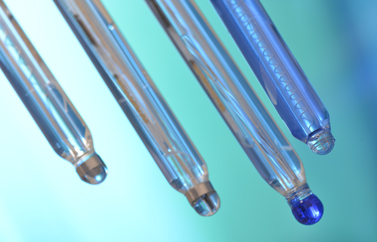ORP
ORP is a common measurement in biochemistry, environmental chemistry and water quality. In the biochemical perspective, an oxidizing chemical pulls electrons away from the cell membrane which means it can be destabilized and leaky. The rapid death of a cell is the consequence of a destroyed membrane. The ORPs of natural systems like aerated surface water, rivers, lakes, rainwater and acid mine water usually have oxidizing conditions leading to positive potentials. Submerged soils, swamps and marine sediments, where air supply has its limitations, reducing conditions are the norm leading to negative potentials. For water system monitoring, the ORP value provides the operator with a rapid and singlevalue assessment of the disinfection potential of water in the postharvest system. This enables the operator to assess the activity of the applied disinfectant rather than the applied dose.
ORPs in aqueous solutions are determined by measuring the potential difference between an inert sensing electrode in contact with the solution and a stable reference electrode. The reference electrode is connected to the solution by a salt bridge. It has a known potential and is made of silver chloride or saturate calomel. Platinum is mostly used for the sensing electrode.
The Oxygen-Reduction Potential, also known as Redox Potential describes the tendency of a chemical species or a solution to acquire electrons and therefore to be reduced. Each species has its own reduction potential. It is measured in Volts (V) or mV.

